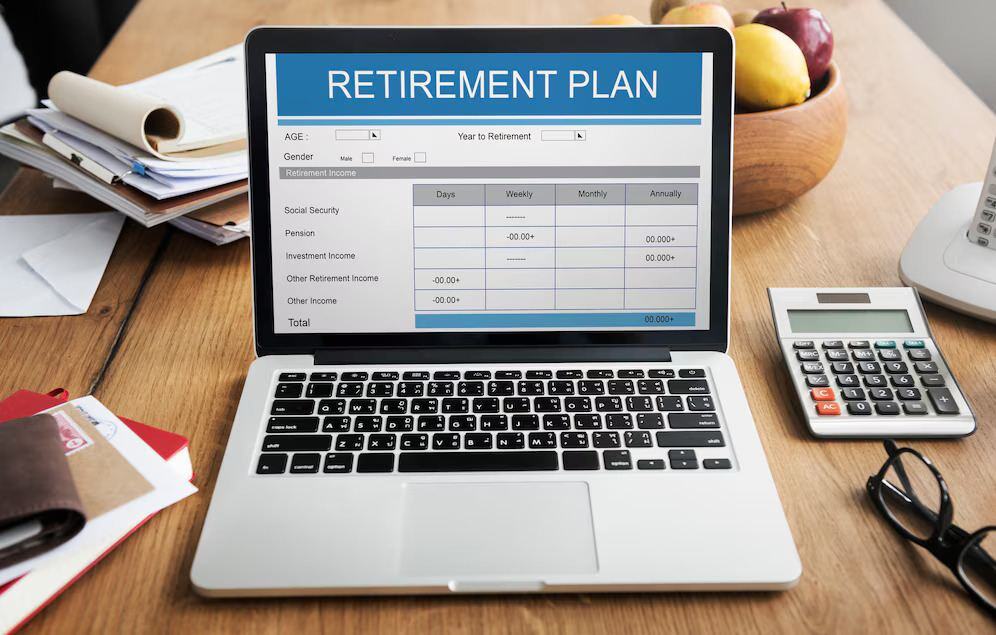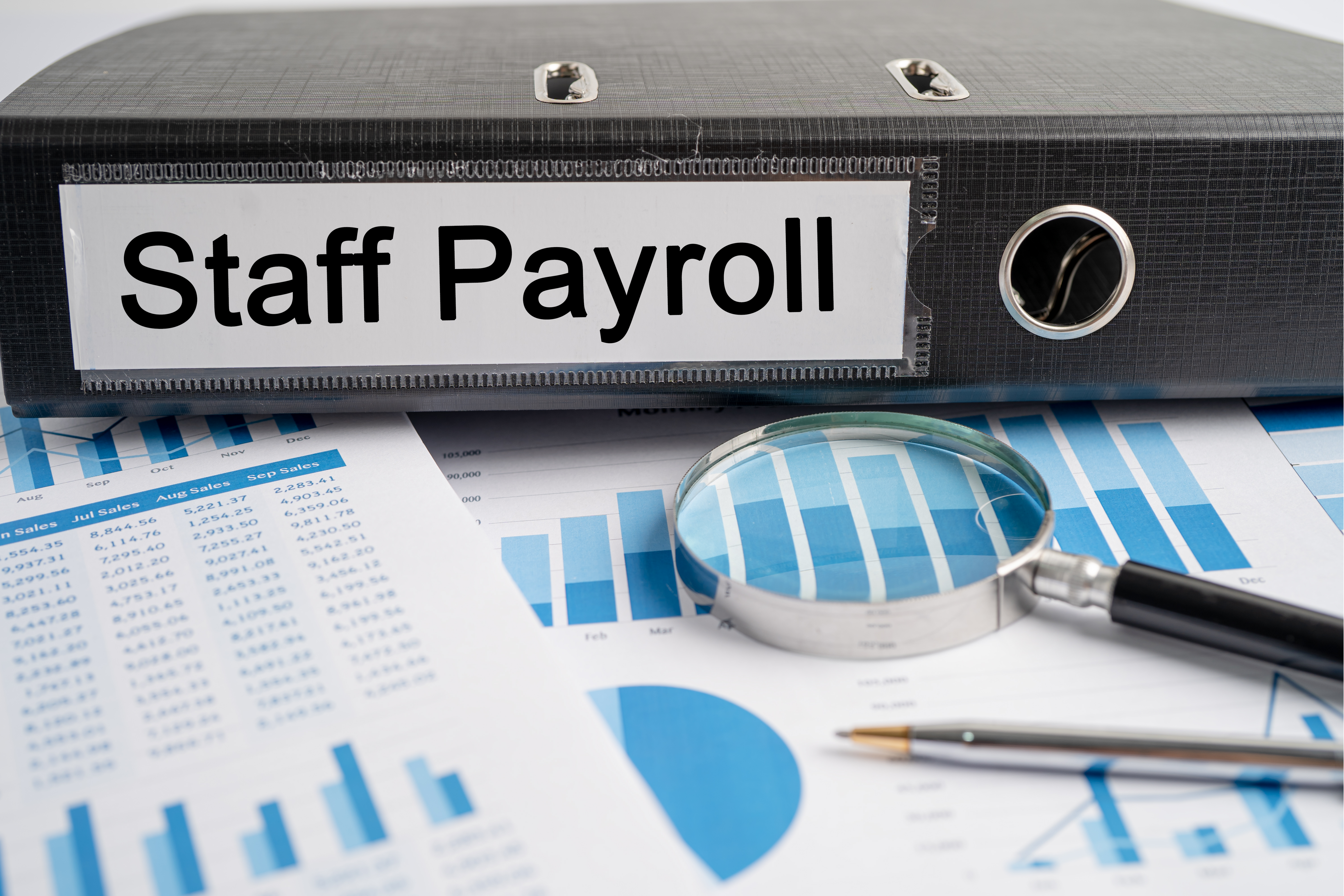Pensions Staging Date

The duties for Auto enrolment pension does not end once your employment pension plan has begun. The definition of staging date is something businesses all over the UK have already been used to for the past few years. However it is still a subject that needs to be addressed accurately since there are serious consequences if you don’t. Managed payroll service can help avoid the serious consequences of auto-enrolment.
The pensions staging date, auto enrolment pension and more will be defined in this article, along with its implications for your company.
What Is A Staging Date?
The staging date relates to when your business is required to comply with the pension auto-enrolment legislation. All business that have eligible workers have now passed their staging date – and new business are required to set up a pension scheme as soon as they have eligible workers.
The purpose of Auto Enrolment is to motivate all people to save money for the future with the cooperation of their workplace. All businesses are required by law to automatically enroll employees into pension plans and to make a contribution to their pension pots. However, employees do have the option to opt out of the pension scheme.
What Is Automatic Re-enrolment In Pension Scheme?
Re-enrolment is distinct from the routine employee evaluations you conduct once a pay period. It is intended exclusively for workers who have previously opted out of their company pension.
Three years after the start of your pension scheme, you must pick a re-enrolment date. The date of your re-enrolment should fall in between a six-month “window” that begins three months prior to and ends three months post the three-year anniversary of the beginning of your pension, and each three year period thereafter.
It’s vital to remember that re-enrollment cannot be postponed. Read here what should you do if you miss your staging date.
How To Manage Auto Enrolment After Your Staging Date?
- Re-enrolment For Eligible Employees
Once in every three years from your staging date, you need to reevaluate any employees who may have chosen not opt out of your work pension scheme. Any qualified employee who have hit the age of 22 or who currently earn more than £5,000 must re-enroll in the program. Individuals who have been re enrolled have the option to opt out again once they have been re-enrolled. You must inform the re-enrolled personnel in writing when they have been re-enrolled.
- Re-declaration Of Compliance
Re-declaration is the next step in the re-enrolment process. You have to finish a re-declaration of compliance after qualified employees are re-enrolled in the pension scheme. The third anniversary of the staging date should be reached in five months period of this being done.
Common Questions About Auto Enrolment And Staging Date For Pensions
What Does Auto Enrolment Mean For Employees?
Employers must continue to inform new hires about pensions, and auto enrol any eligible employees.
Employers must also make sure they enroll new hires or employees that become eligible later into their employment, into the Auto enrolment pension scheme on time, following any postponement periods that may apply to their pension scheme (max of 3 months).
Auto-enrollment aims to assist employees in better preparing for the future.
Does My Employer Have To Auto Enroll Me?
If you qualify for automatic enrolment, your company is expected to enrol you in a pension plan and contribute to your pension. Employees can still enrol in the company’s pension plan even if they are not automatically enrolled under the AE rules. Employers cannot refuse employees to join the scheme and are not allowed to offer incentives to employees to opt out.
Can I Opt Out Of Auto Enrolment?
Employees that are enrolled into the Auto enrolment pension can contact their pension provided and complete an opt out notice should they choose to not contribute to the pension.
A month after enrolling in the plan, all qualified employees may choose to leave and get a refund of their initial pension contributions (the opt-out period).
If an employee opts out after this window, they must verify the terms of the pension plan to see if they are eligible for a refund of contributions.
How Do I Find My Staging Date?
Visit the Pensions Regulator site. Enter the PAYE reference for your company. If you’re unsure, check the coding notice or the payslip booklet. Type in your 10-digit code, which can be obtained on the auto-enrolment notice you got or by visiting the Pension Regulator here.
How Do I Know My Re-enrolment Date?
A step in the procedure that the customer goes through in three years is re-enrolment. The client is required to make a new declaration of compliance and re-enrol any employees who lowered or left their pension payments into a plan that could be used for automated enrollment. The declaration should be finished five months after their staging date’s third anniversary.
The re-enrolment date is only dependent on the third anniversary of a customer’s staging date in the initial period they go through the procedure, even if re-enrolment occurs every 3 years.
The re-enrolment date is centered around the third anniversary of the old re-enrolment date after three years and for all following re-enrolments.
How Does Pension Auto Enrollment Work?
Once a worker meets the criteria, they are automatically enrolled into a workplace pension plan without having to ask to do so. This process is known as automatic enrolment.
However, companies have increasingly been compelled to enroll their qualified employees into a workplace pension plan since 2012.
Because of this, a great many employees now have a pension pot to rely on when they retire to top up their state pension, that previously would not.
Who Is Eligible For Auto Enrolment Pension?
If you fulfil the auto-enrolment requirements, your company must enrol you within a workplace pension plan if you work full- or part-time:
- Working in the UK
- You don’t currently participate in an eligible workplace pension plan
- You are under the State Pension age but 22 years old or above
And for the tax year 2022–2023, you make more than £10,000








Comments